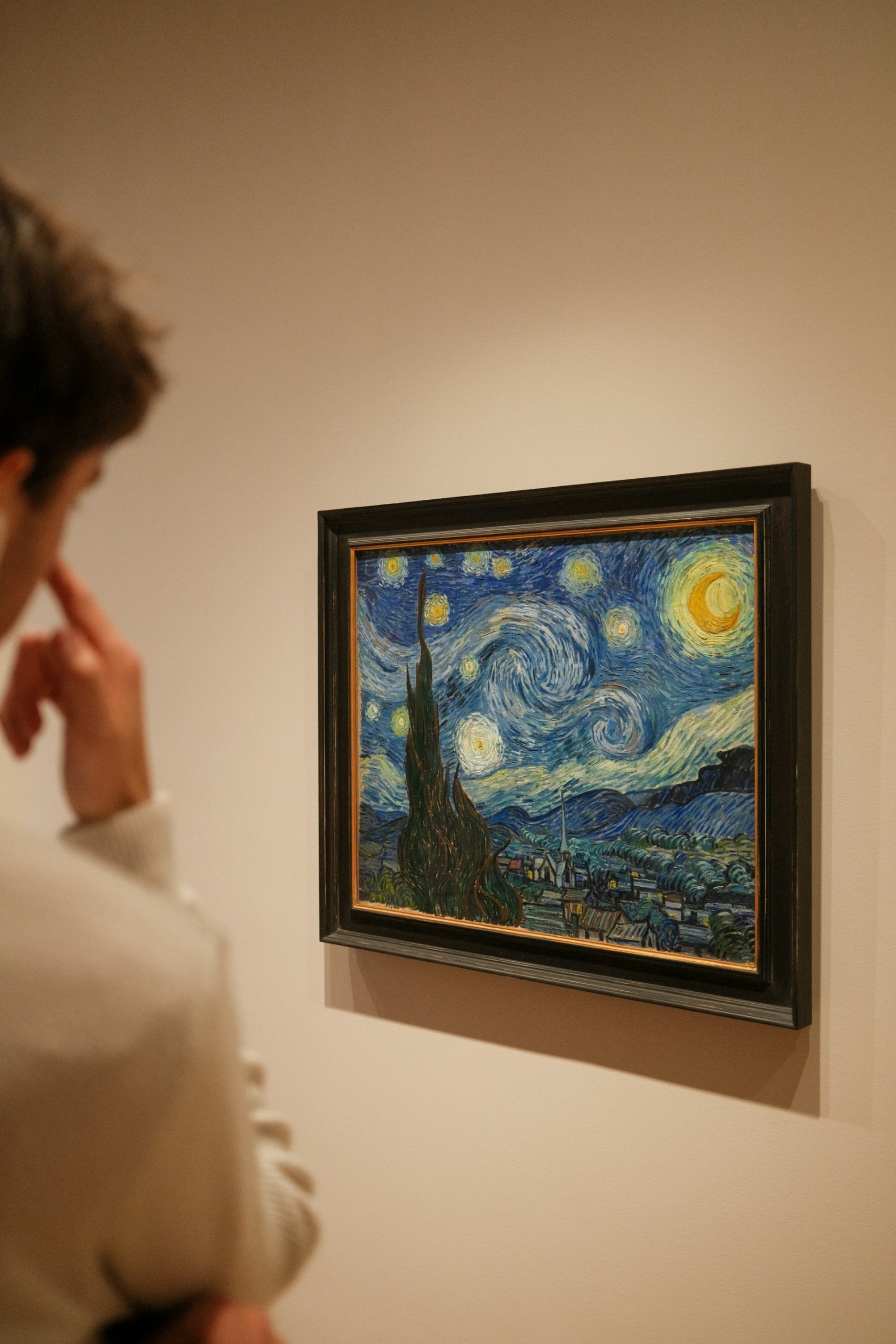BAKU – Scientists recently analyzed Vincent Van Gogh’s Starry Night to see how well its famous swirls matched up with known atmospheric physics, according to popular mechanics.
After analysis, they found that not only did the shapes match up with our current ideas of atmospheric turbulence, but the colors used throughout the piece communicated fairly accurate physics at a remarkably small scale.
Researchers think that Van Gogh could have come to understand these movements by “studying the movement of clouds and the atmosphere, or that he could have just had “an innate sense of how to capture the dynamism of the sky.”
The swirling colors and flowing brushstrokes of Vincent Van Gogh’s Starry Night have secured the painting (and its artist) a place among the all-time greats.
As a piece of art, Starry Night is undeniably beautiful, but beauty alone is often not enough to keep a painting so cemented in the minds and hearts of the public.
Beyond just being beautiful, Starry Night somehow manages to capture the feeling of a clear night sky.
Capturing feeling may be the whole point of impressionism — Van Gogh is himself most often labeled a post-impressionist, a style separate from true impressionism that nonetheless uses many impressionist techniques — but Starry Night does a singular job at managing it. Something about those particular swirls of paint just… feels like the night.
Enough so that scientists began to wonder: how closely do those famous swirls actually mimic atmospheric physics?
After significant analysis, a team of researchers from China and France has released a new paper, published Thursday (Sept. 19, 2024) in the journal Physics of Fluids, exploring exactly that.
Specifically, the team wanted to look at how closely Van Gogh’s brush strokes mirrored atmospheric turbulence—disturbances in the atmosphere, often caused by differences in temperature, that churn things up and change the trajectory of everything from water vapor to photons.
It turns out, as unlikely as it may seem, that Van Gogh likely had a fairly complex understanding of how our atmosphere behaved.
The analysis “reveals a deep and intuitive understanding of natural phenomena,” Yongxiang Huang, one of the authors of the study, said in a press release.
To reach their conclusion, the team compared the 14 main shapes of the painting to a concept in atmospheric physics known as Kolmogorov’s theory.
It’s a sub-idea that helps narrow the concept of an “energy cascade”— the way that energy transfers from large scale patterns to smaller ones.
Kolmogorov’s theory, at a very basic level, dictates that the direction of the first main swirl has less and less of an impact on the other branching swirls the smaller and smaller they get.
But they didn’t just compare shape to theory. Instead, according to the press release, the team also used “relative brightness, or luminance, of the varying paint colors as a stand-in for the kinetic energy of physical movement” in order to complete a more in-depth analysis of the piece.
And on that level, the team found that there was even more physical alignment to be found.
Specifically, they found that the relative brightnesses of colors used in the piece aligned well with a framework that describes movement and energy transfer on the smallest of scales known as Batchelor’s scaling.
Seeing both Batchelor’s scaling and Kolmogorov’s theory brought to life in the piece was extremely exciting for the scientists behind the study, as seeing both together in the atmosphere is rare.
It’s perhaps not surprising that scientists studying atmospheric physics would look at a master work of art and see atmospheric physics.
But as for how Van Gogh would have come to have the understanding necessary to paint this way, Huang stated that his “precise representation of turbulence might be from studying the movement of clouds and the atmosphere or an innate sense of how to capture the dynamism of the sky.
”
Either way, capturing this movement remains a remarkable feat, especially considering the painting is from 1889.
And it’s yet another reason to love the breathtaking swirls of Starry Night. (AZERTAC)






















